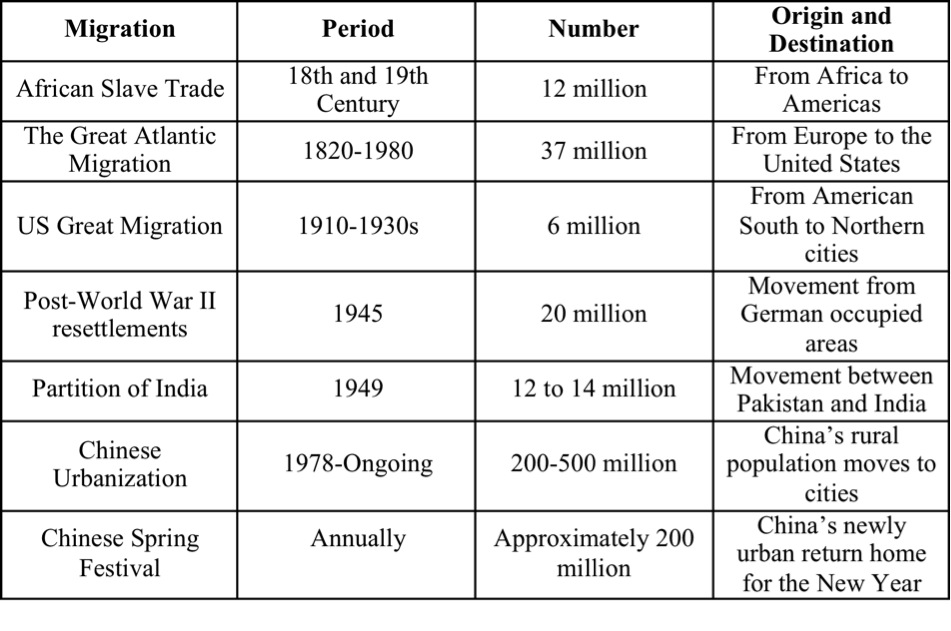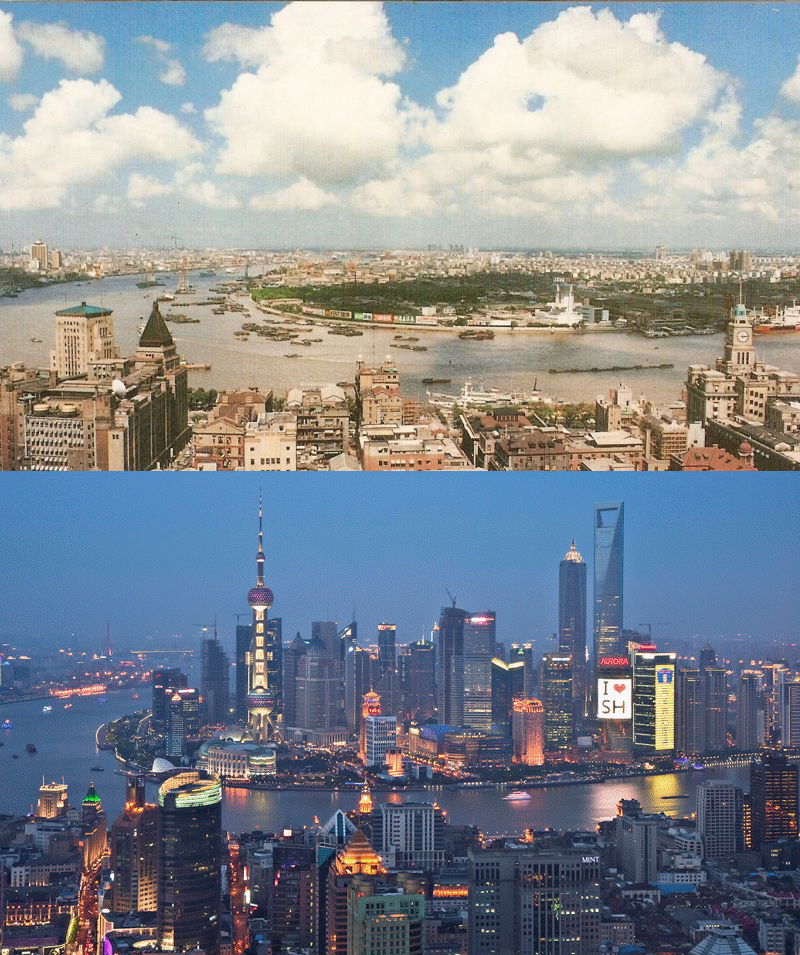10th February 2017 Beijing
On a Mission

“By 2030 China’s urbanisation rate will have increased from 56% to 70%.”
On the face of it the projection doesn’t look that alarming. Yet what it means is another 200 million people moving from the countryside to cities.
What has been called history’s largest human migration began in the late 1970s with Deng Xiaoping’s reform and opening policies and will continue to 2030 and beyond.

The resultant urban expansion has generated some eye-watering statistics. Last year China completed 84 skyscrapers (>200m) representing two thirds of the global total. In fact, the Chinese city of Shenzhen built more than the country ranked second on the list: the United States. In the next five years China’s cities will be serviced by another 3000km of metro lines, 19000km of high speed rail and 66 new commercial airports. By 2030 221 of its cities will have more than a million residents, compared to 68 in India and 3 in the UK.

Urbanisation has contributed to a remarkable reduction in China’s poverty and a huge rise in living standards. But it has also led to a series of difficult challenges: gridlock, poor air quality, resource depletion, urban flooding, rising landfill costs and loss of cultural heritage. China calls these “urban diseases” (or “城市病”) and they will need to be treated if its cities are to grow sustainably.
At the FCO we work with partner countries to overcome challenges and find ways for the UK to share in their success. Last month we organised a “Future Cities Mission” to China to delve deeper into ways we could help address these urban challenges. Experts from UK business and innovation centres such as the Future Cities Catapult spent a week here engaging with local urbanisation experts in government and industry. We focussed on three challenges where UK strengths align to Chinese need: environmental protection, ageing and urban mobility.

The week gave us insights into areas such as planning, finance, city standards and IoT where collaboration potential is strong. But what it also drove home was that more and more countries are stepping up activity with China. On the last day as we began an “urban innovation” workshop a news article flashed up telling us a 10bn RMB Sino-Swedish Innovation Fund had been launched in our host city that very morning.
The UK has a great offer on cities. And we stand to benefit from tackling shared challenges with China and creating new markets for our goods and services. But the window of opportunity won’t be there forever. If the UK is to become China’s partner of choice on developing future cities we’ll need to take deeper action and take it soon.
nquiringminds were invited to attend the mission. Four regions of China in five days: it was a packed but fascinating agenda.
What is clear: cities/urban centres will be both the physical nexus and the organisation catalyst to address almost every global challenge facing us today: energy, transport, housing, health, infrastructure etc. etc.
International collaboration is going to be critical both for experimental innovation, but as important, execution and rollout.
This mission provided an excellent foundation for setting up the framework for such important collaborations
Congratulations and thanks to the organisers.
The Satellite Applications Catapult were really grateful to be invited to and participate in such a well orchestrated mission that was clear on its focus and what the UK could offer to develop partnerships and new collaborations with China and its developing urbanisation.
As Peter highlights the UK has a great offer on cities and particularly around “urban diseases” (or “城市病”) and I am really excited to work with the Future Cities Catapult and others to turn this mission into sustainable collaborations bringing UK expertise to benefit relationships with China.
Thanks must go to all the organisers of the mission and those that helped coordinate it into such a successful visit.
The mission was really productive and created new links between a lot of key partners in the field. I’m looking forward to seeing these links develop into new collaborations!
It was fascinating visiting China for the 1st time, on this mission, visiting the vast cities of Beijing, Guangzhou and Shenzhen. There’s a real appetite for partnership – but an even bigger ambition (driven by necessity) of becoming self-sufficient, as a nation. Hence Peter’s point about the opportunity won;t be there for ever. I see some great opportunities to harness the breadth & depth of UK research and innovation to help solve some of the challenges that Peter highlights. How we develop the mechanism(s) to capture the clear short-term opportunity will rely, I think, on building on existing tools that we have for accelerating innovation into commercial reality. I think SBRI and I-CURE, for example, have a role to play here.
Many thanks for the invitation to be part of the excellent trip.
My own favorite representation of the urbanization of China is the annual social media heat map which plot the journeys from the big cities into the countryside around Chinese New Year: http://www.telegraph.co.uk/news/worldnews/asia/china/11417296/Heat-map-of-Chinese-New-Year-travel-tells-story-of-massive-migration.html
Congratulations to ‘Team GB’ at the British Embassy in Beijing – as well as the consular teams in Wuhan and Guangzhou – for offering a fantastic gateway into the China market. Getting a foot in the door in China can be daunting for UK companies. But it’s good to know we have some passionate and very knowledgable people across China who are really making things happen for UK Plc. Future Cities Catapult found the smart cities mission hugely helpful and a big step forward for our work in China. Thanks to all!
The Future City Mission took an innovative approach combining urban planning, finance and future technologies. The delegation demonstrated UK’s strengths on integrated approaches. And it was very helpful for us to understand current trends of future city developments in China.